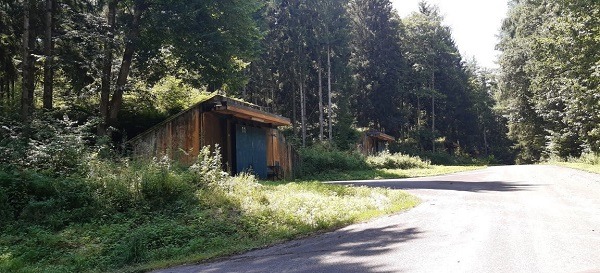For the future to come, Rheinmetall is planning to destroy large quantities of legacy ammunition in the district of Dillingen an der Donau, Bavaria/Germany
As part of explosive ordnance disposal projects in offshore and onshore areas, the Düsseldorf-based technology corporation intends to destroy not only legacy munitions from the two world wars, but also so-called ‘newer stockpiled ammunition’, and to take over the disposal of old stocks of the Bundeswehr and other NATO forces.
An estimated 1.6 million tonnes of legacy munitions are believed to be on the seabed of the North Sea and the Baltic Sea alone. These include artillery shells, land and sea mines as well as aircraft bombs. In addition, over 2 million tonnes of bombs were dropped on Germany and the occupied territories during World War II. In southern Germany alone, it is estimated that there are still more than 20,000 tonnes of old ammunition that needs to be deactivated and disposed.
Rheinmetall has acquired a site covering around 41 hectares on Lerchenberg, which is part of the Bavarian municipality of Zusamaltheim. The ammunition disposal facility is scheduled to commence operation in early 2026. The property, which also served as a Bundeswehr depot in the past, also has 32 bunkers that can store up to 900 tonnes of net explosive mass.
In April of 2025, Rheinmetall had already acquired the ammunition recovery company Stascheit GmbH, based in Gardelegen, Saxony-Anhalt. Its main activities include the detection, evaluation, recovery and destruction of explosive ordnances, for example in connection with offshore wind farms. Like the new facility on Lerchenberg, Stascheit GmbH will also be integrated into the Projects & Services business unit of Rheinmetall AG.







